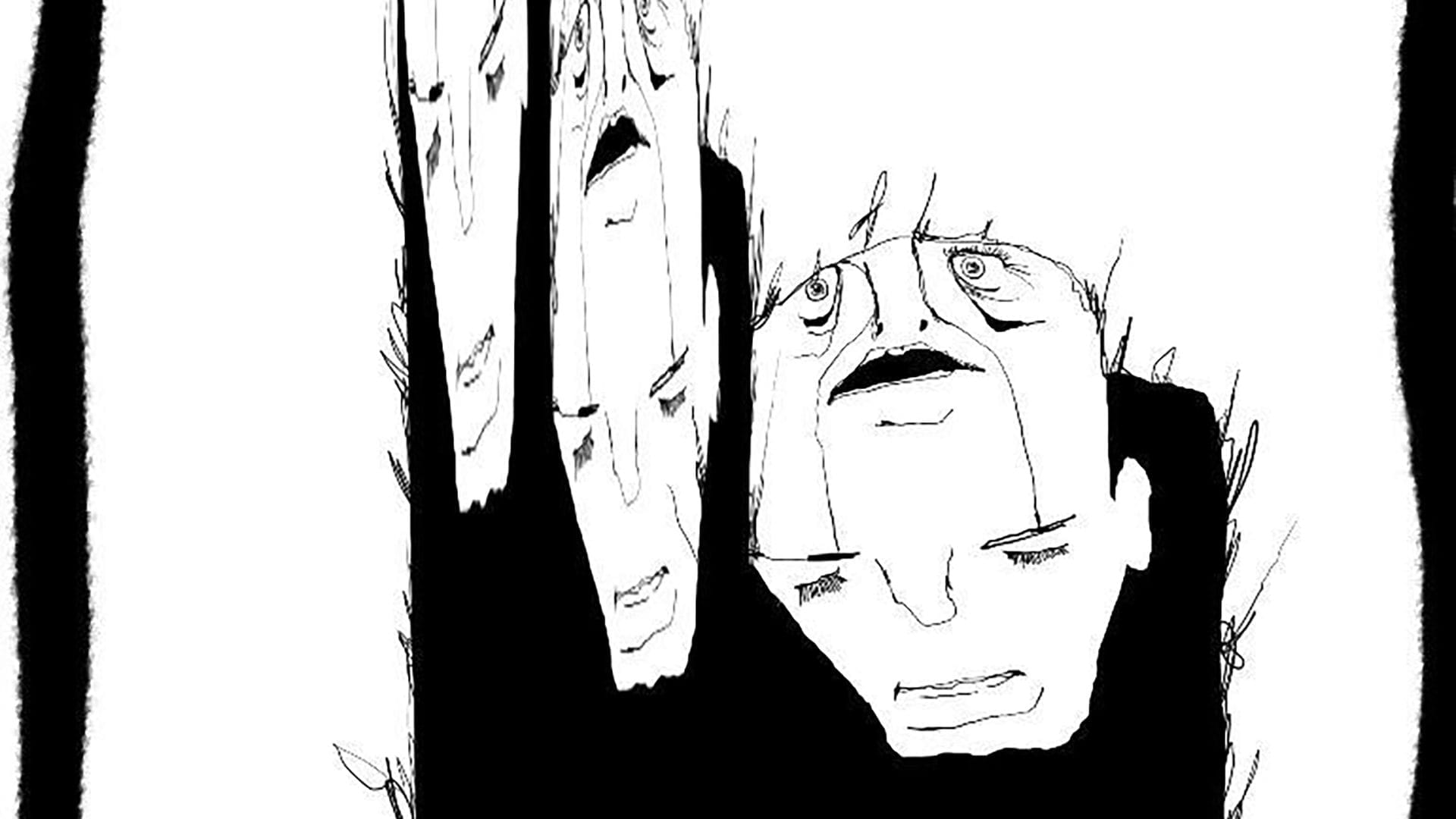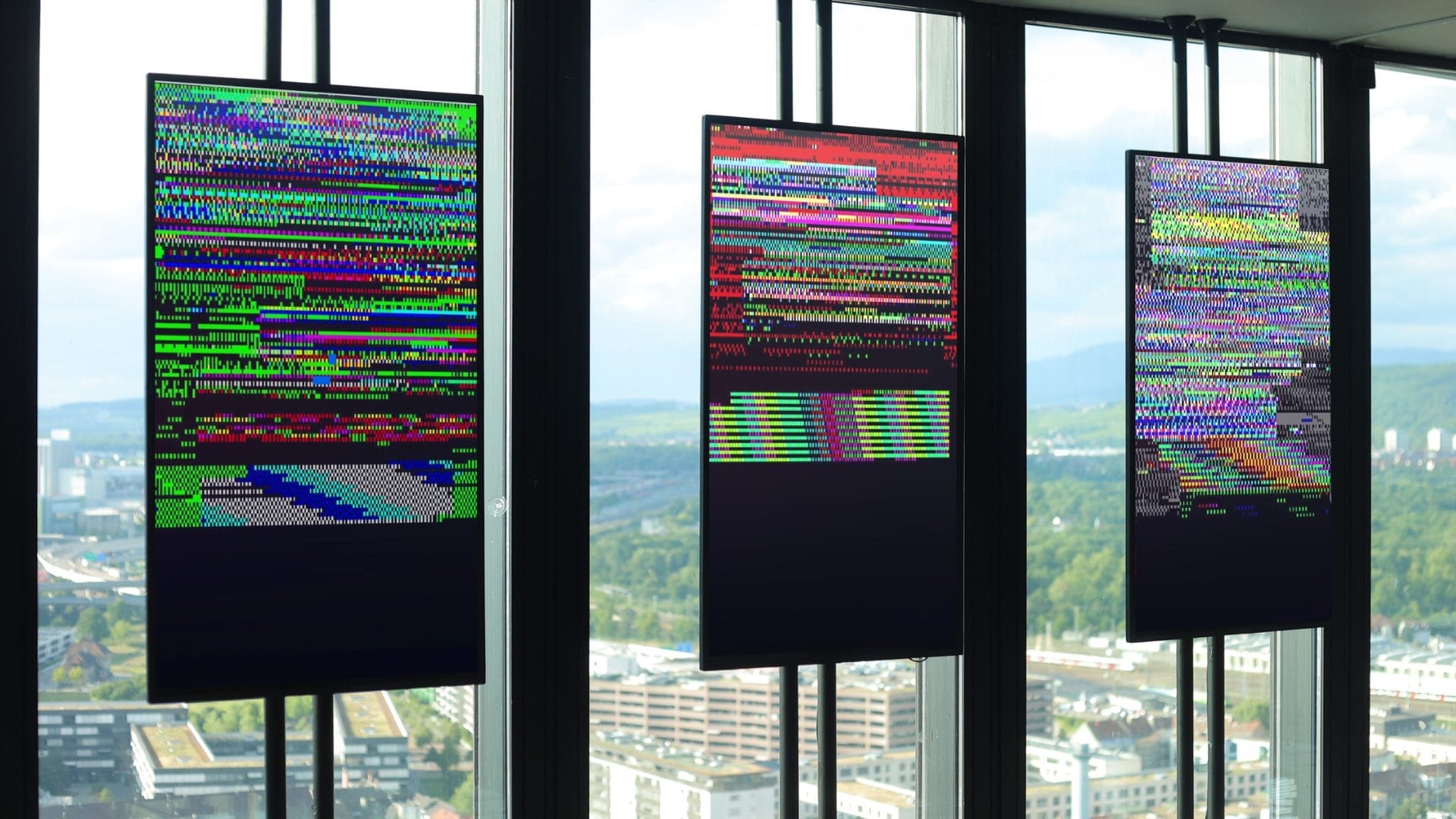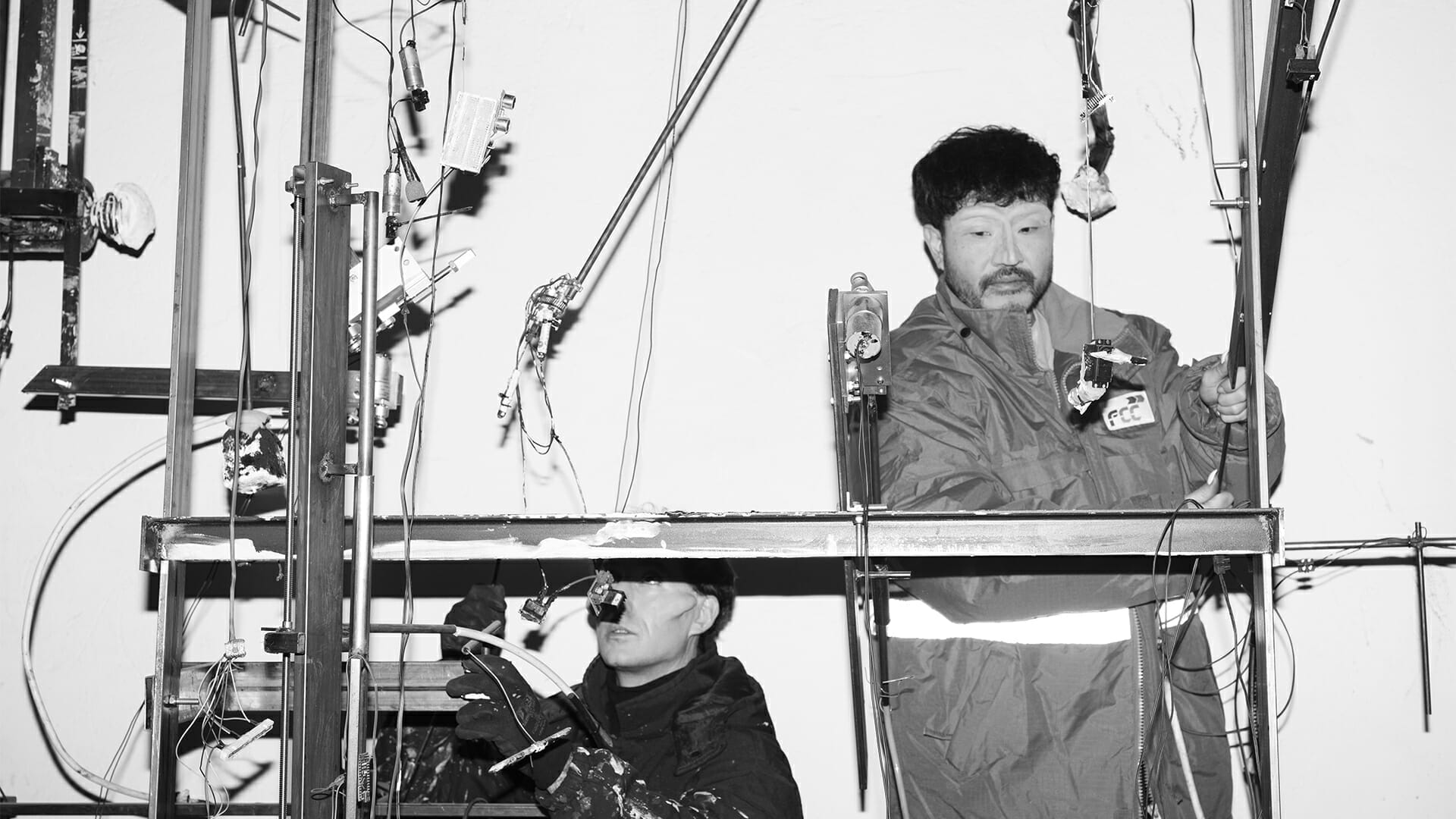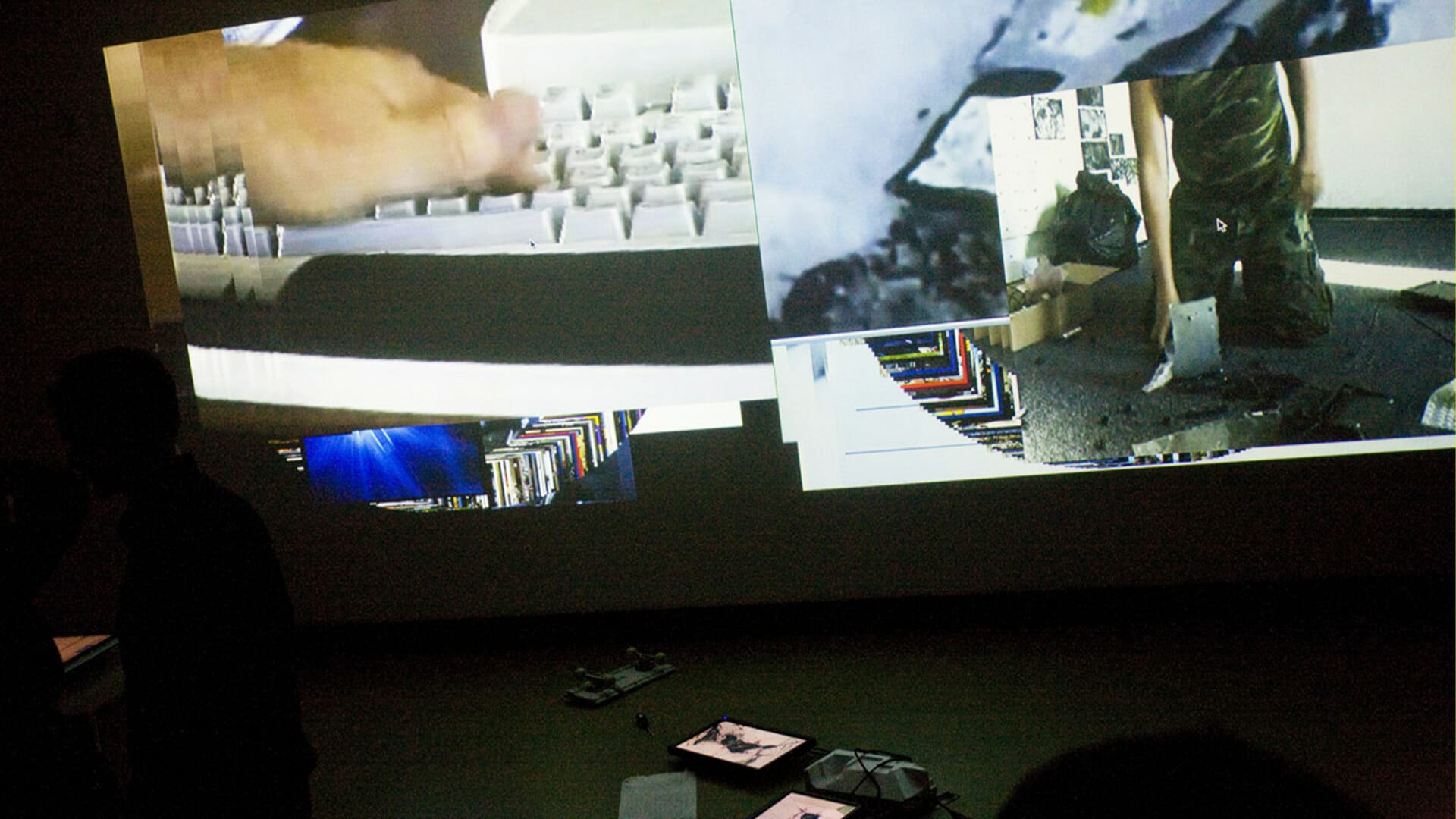
Tracing the Rise and Impact of Net.art
Every technological development in the history of art has provided artists with a new medium for exploring, redefining, and challenging conventional art boundaries. Among the mediums that have revolutionized the artistic landscape is the Internet, which gave rise to net.art, a genre that uses the Internet as its primary platform for creation and dissemination.
Introduction and Origins of Net.art
Emerging in the mid-1990s, net.art represents a fusion of creativity and technology, leveraging the distinct features of the Internet for artistic expression. Pioneered by artists such as Vuk Ćosić, Jodi.org, Alexei Shulgin, Olia Lialina, Heath Bunting, Daniel García Andújar, and Rachel Baker, this avant-garde digital art movement revolutionized our engagement with and perception of art.
However interesting though it may seem, the works of these artists share little in common while united under the banner of net.art, demonstrating the wide variety of creative options available online. Rather than being restrictive, net.art acts as an outlet for artists to explore a vast spectrum of artistic endeavors and interpretations.
Defining Features of Net.art
The term “net.art” encompasses a broad range of practices, all with one defining feature – the exclusive use of the Internet as a medium. It’s art that lives and breathes online, often mirroring the internet’s socio-cultural influence.
During its emergence, German critic Tilman Baumgärtel, inspired by American critic Clement Greenberg’s ideas, extensively wrote about the unique media specificity of net.art. According to Baumgärtel, net.art’s defining features include “connectivity, global reach, multimediality, immateriality, interactivity, and equality”, a combination of qualities that offers artists and viewers a radically different art experience.
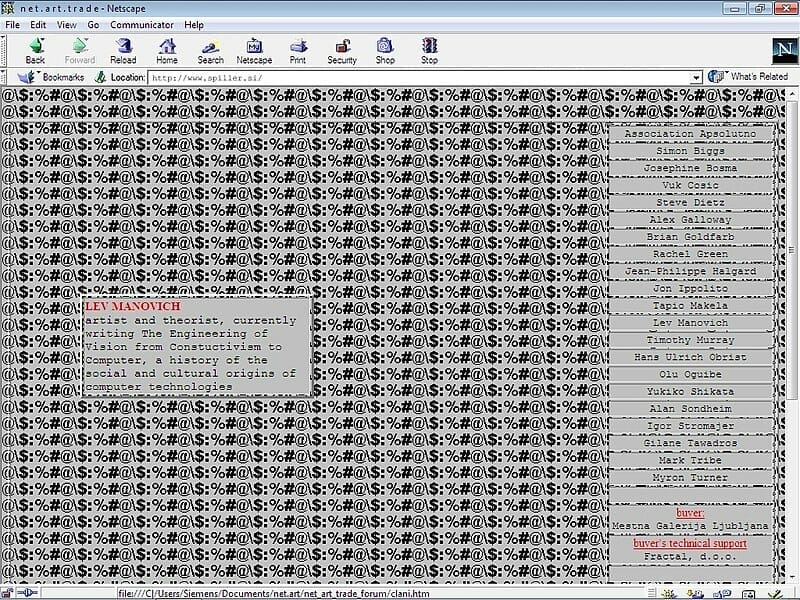
With net.art, connectivity fuses disparate elements, fostering artistic synergy across global networks – its global reach transcends geographical barriers, allowing for unrestricted access to audiences worldwide.
Likewise, net.art’s multimediality enables artists to blend various media forms, including text, sound, images, and animations. Immaterial, it exists only in the digital sphere, defying all conventional art forms, inducing active engagement in viewers through its quality of interactivity. Furthermore, the underlying emphasis on equality underscores net.art’s democratic ethos, where access and participation are not restricted by the traditional exclusivity of the art world.
Adventures in Email: From Spam Art to Codeworks
Among the novel practices that emerged from this movement is the creation of “email art”, also known as “spam mail art”. Artists like Jodi pioneered this form, utilizing text reprocessing and ASCII art to produce creative, disruptive interventions in mailing-lists.
“Spam art”, a term coined by Frederic Madre, a net critique and net art practitioner, describes the generation of seemingly nonsensical texts through simple scripts, online forms, or manual typing.
This phenomenon also birthed the practices of “Codeworks” where artists like Mez, mi ga, and robots such as Mailia, would analyze emails and reply to them. The term “Codeworks”, coined by poet Alan Sondheim, pertains to the textual experiments by artists using faux-code and non-executable script or mark-up languages.
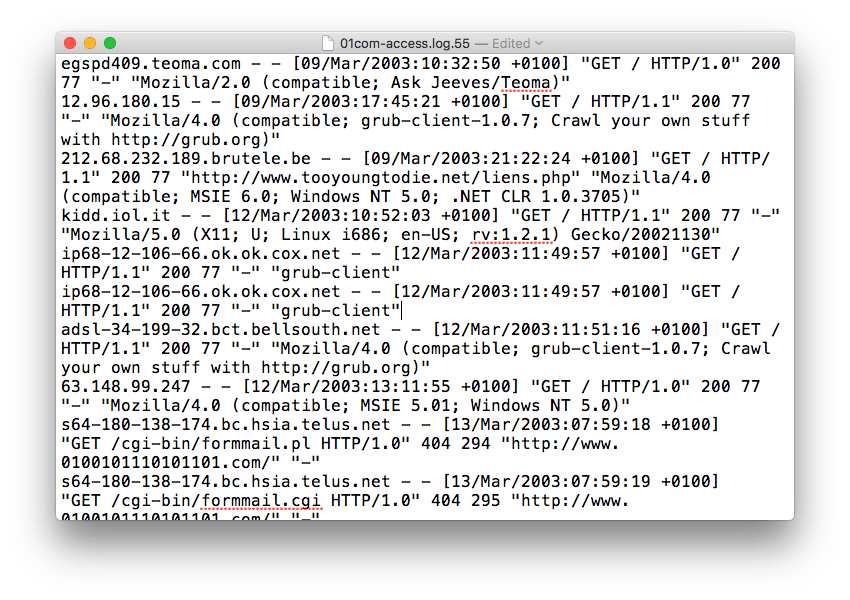
Pixels and Politics: The Cultural Backdrop of Net.art’s Emergence
Net.art didn’t simply materialize out of the blue. It was a response to a cultural crisis that followed major global events like the dissolution of the Soviet Union and the fall of the Berlin Wall. The movement was deeply political: the artists involved grappled with the portrayal of democracy as a capitalist illusion. They viewed the Internet as a platform that, while hailed as the epitome of democratic access, was often manipulated to serve powerful interests. As such, these artists aimed to peel back the curtain on the internet’s true character: by pushing against the norms of user-friendly interfaces and challenging corporate dominion, they highlighted the manufactured nature of online experiences.
Key figures in this movement, such as Olia Lialina and the Jodi, delved deeper into the very essence of online navigation. Their disruptive browser interventions and crash-inducing applets birthed a new form of artistic expression known as “browser art”. Later, the British collective I/O/D further refined this form with their pioneering project, WebStalker.
Digital Dissent: How Net.art Echoed Cultural Tides
Since its birth, Net artists have always been deeply involved in the discussions surrounding the definition and commercialization of net.art within the art market. They championed the idea of art as a process, as opposed to object-making. Likewise, Alexander R. Galloway, in his article “Jodi’s Infrastructure”, posits that the modernist approach of net.art is the convergence of form and content in the artwork itself.
However, the presentation of digital works created for the internet within the art world raises several questions. The Internet, as marketable as it is, cannot be confined to the ideological dimensions of the art world. This tension between the nature of the web and the legitimization of art value, both ideologically and economically, has been the subject of various net.art experiments.
Olia Lialina’s Teleportacia.org serves as a compelling case study. The platform, designed as an online art gallery, sells net.art pieces. Uniquely, each artwork’s authenticity is anchored to its distinct URL, aiming to thwart digital duplication and ensure authenticity. Buyers don’t just purchase the art; they acquire control over its digital location. However, many in the art community approached this with skepticism, interpreting it more as satirical critique than a genuine commercial model.
Eva & Franco Mattes, other notable figures in net.art, offer an anecdote that underscores the immersive nature of their work: “We didn’t have a studio, so the server was physically located in our bedroom — we were literally sleeping with the server noises and the LED lights endlessly blinking a few inches from our bed.” – Eva & Franco Mattes
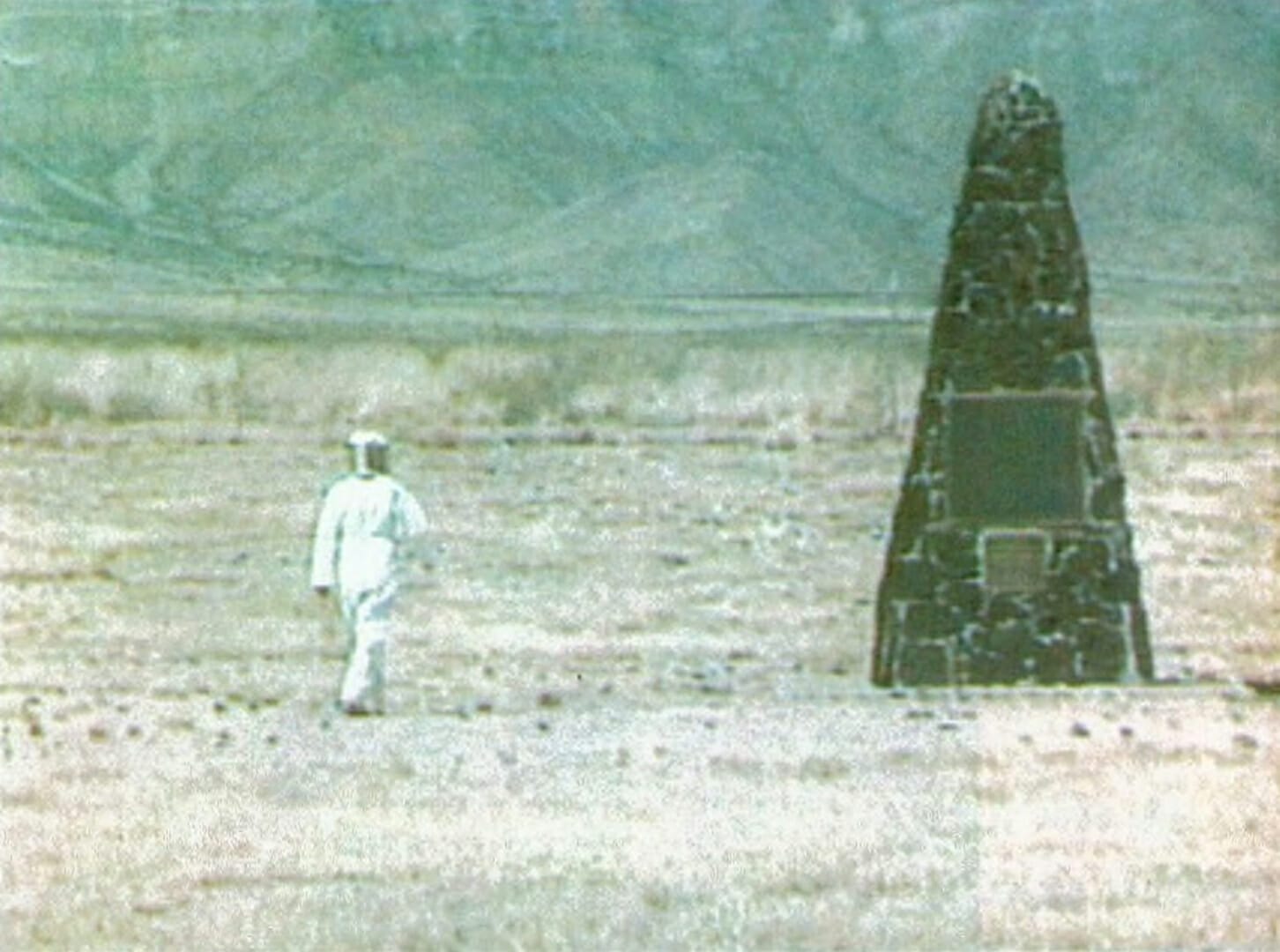
The Intersection of Net.art and Hacker Culture
Net.art also shares deep ties with hacker culture, evident in the works of collectives like Jodi and 0100101110101101.org. The latter is an artist duo composed of Franco and Eva Mattes who have gained recognition for their provocative performance art integrating internet, digital technology, and virtual reality, as well as their innovative exploration of the Internet as an artistic canvas since the late 1990s.
Central to their artistry is a fascination with identity and the blurred lines between the tangible and the virtual. Their chosen name, 0100101110101101.org, is a binary representation, hinting at their immersion in digital spaces. Their portfolio is diverse, from concocting fictitious marketing campaigns like “Nike Ground“ to auctioning off parcels of land in online games.
Another particularly significant work, “Life sharing is back” (2000-2003), witnessed them lay bare all their computer data — from personal emails and financial records to intimate photos — for anyone to access online. This project was eerily prescient, echoing today’s concerns about digital privacy, surveillance, and data sharing. Equally thought-provoking was “No Fun” (2010), a simulated suicide performance on Chatroulette, a platform where users engage with random individuals via webcam. Through this act, they prompted viewers to reflect on the nuances of morality, empathy, and interaction in our digital epoch.
In essence, 0100101110101101.org has been a major player in the net.art landscape, consistently leveraging digital tools to challenge societal conventions and perceptions. Their work beckons audiences to ponder deeply on the vast impact of the internet on our collective culture, sense of self, and boundaries.

The Birth of “Art Hacktivism”
The fusion of net.art and hacker culture then gave rise to “art hacktivism.” More than just digital interventions, this term encapsulates the art of subversively entering digital systems to repurpose them in unexpected ways—essentially portraying artists as cultural hackers. Hacktivist practices that aren’t confined to the digital realm; they’ve captivated audiences in notable venues like the Venice Biennale and other real-world settings.
Among the prominent net artist collectives, etoy.CORPORATION stands out for its digital hijacks, as they funneled unsuspecting users to hijack.org, demonstrating their ability to reroute the digital experience. Their reputation also includes a high-stakes legal face-off with eToys Inc. over domain rights; this dispute spiraled into the TOYWAR, a community-driven campaign and a symbol of shifting power dynamics in the digital age.
Another collective, ®TMark, cast a spotlight on the commercial undertones of the internet in 1999. They set up decoy websites, GWBush.com and Gatt.org. The former site was so convincing that it was often mistaken for the official World Trade Organization site, leading to an unexpected congress invite under the guise of the WTO. Due to this, this incident catalyzed the activist endeavors of The Yes Men, underscoring the potential for digital stunts to morph into tangible political demonstrations.
Rounding out the list are Vuc Cosic and Heath Bunting, each with distinct critical practices. While Bunting’s work offers a critique of societal institutions, Cosic zeroes in on the exhibition medium itself.
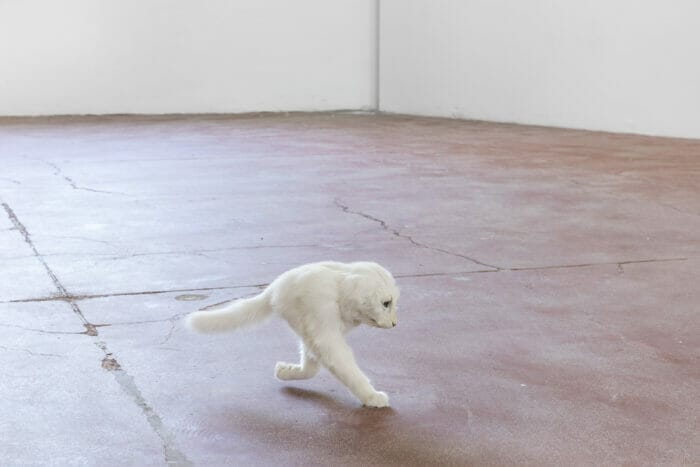
The Digital’s Tangible Touch: Real-World Manifestations of Net.art
Building on the foundational practices of early net artists, figures like Constant Dullaart have taken inspiration from contemporary commercial Internet trends. He deftly recontextualized online materials, giving them fresh interpretations, such as creating unique renditions of the Google browser and engaging in online performances. Similarly to how 0100101110101101.org brought attention to the often paradoxical realm of online copyright, as they cloned and reprocessed elements from digital and pop culture.
It is this embrace of the Internet’s inherent performativity that makes net.art so exciting, with many net artists seeing themselves as much performance artists as digital creators, orchestrating events to take advantage of the Web’s interactive nature. The rise of Web 2.0, social media platforms and Web3 has only amplified this, providing stages for live online performances to reach global audiences.
Yet net.art remains grounded in the tangible world even in this digital environment. Echoing the formative years of the movement, when physical gatherings were crucial, contemporary net artists like Antoni Muntadas with ‘The File Room’ (1994) and Michelle Teran combined digital and real-world elements. Their works act as bridges, joining online data with tangible experiences.
In a broader perspective, the term NET.SPECIFIC encapsulates how artists are now manipulating, critiquing, and performing on the Internet, always with an aim to challenge and reshape prevailing norms and systems.

Conclusion: The Enduring Influences of Net.art
The rise of net.art was not merely an adaptation to technology, but a radical declaration of the Internet’s ability to redefine art. More than just a transient artistic trend; it echoed socio-cultural shifts, political undercurrents, and technological transformations.
From the subversion of established art norms to challenging commercial Internet interests, net.art bridged the tangible and the intangible, transcending digital screens to affect real-world perceptions and systems.
As we see them today, net.artists’ pioneering efforts have enabled us to merge the physical and the virtual, art and activism, creation and consumption, demonstrating art’s timeless ability to adapt, challenge, and inspire in ever-evolving contexts.
Ultimately, net.art marked a significant starting point to redefine our understanding of contemporary art and its possibilities.

fakewhale
Founded in 2021, Fakewhale advocates the digital art market's evolution. Viewing NFT technology as a container for art, and leveraging the expansive scope of digital culture, Fakewhale strives to shape a new ecosystem in which art and technology become the starting point, rather than the final destination.
You may also like
17 – Duke Dasher Succumbs to Alcoholism
Washington D.C., Tilted Kilt Pub & Eatery, United States Dasher waited until the firing had stop
Uncertain Index by P1xelfool: Objkt’s First Native Generative Art Release
On Wednesday, July 10th, Objkt.com will debut “uncertain index” by p1xelfool, marking th
In Dialogue with Lolo & Sosaku
Introducing Lolo & Sosaku Artist: Lolo & Sosaku – Birthplace: Buenos Aires, Argentina,

